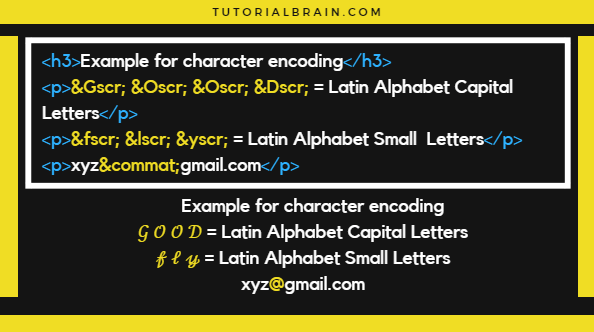

On the other end of the spectrum, Emacs and Vim offer extreme flexibility, but they aren’t very approachable and can only be customized with special-purpose scripting languages.” TextMate is quite similar to Sublime and was actually created on GitHub in 2012.Ītom is a text editor with a user interface familiar to many developers, it’s open source and has extra extensibility (the ability to customize its features), and it’s free, setting it up for rapid adoption. This past November, a rumored Chrome IDE under the code name “Spark” also surfaced, signaling a strong interest in Chrome from the developer community.Īnd if you’re feeling like Atom is looking mighty familiar, fear not, we noticed the Sublime resemblance too.Īt Atom’s launch, GitHub did point out that “Sublime and TextMate offer convenience but only limited extensibility. Chrome’s popularity has been rapidly rising: At last year’s Google I/O conference, the company announced its browser and operating system now had over 750 million monthly active users, up from only 450 million a year prior. “We view Atom as a complementary product ,” said Sobo.Ĭhromium, more or less the open source version of Google’s Chrome browser, is at the core of Atom. And with text editors being core to writing code, developing one only makes sense for GitHub. On some levels, the project sounds quite like Adobe’s Brackets code editor, which is built with JavaScript.ĭespite only being founded in 2008, GitHub has become arguably the most popular code storage site for developers as of last September, it already had over 4 million users.

“It’s very much a text editor, but we’re building it with web technology,” said GitHub Atom developer Nathan Sobo in an interview with VentureBeat.


 0 kommentar(er)
0 kommentar(er)
